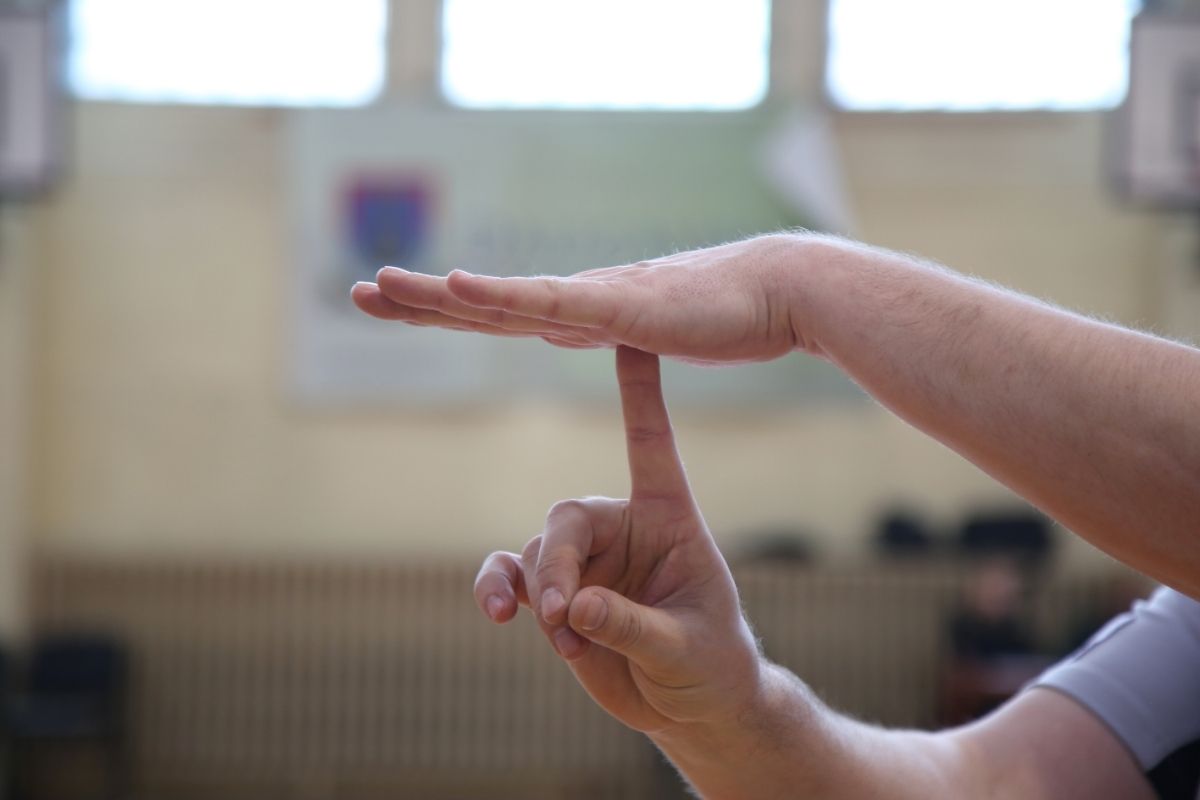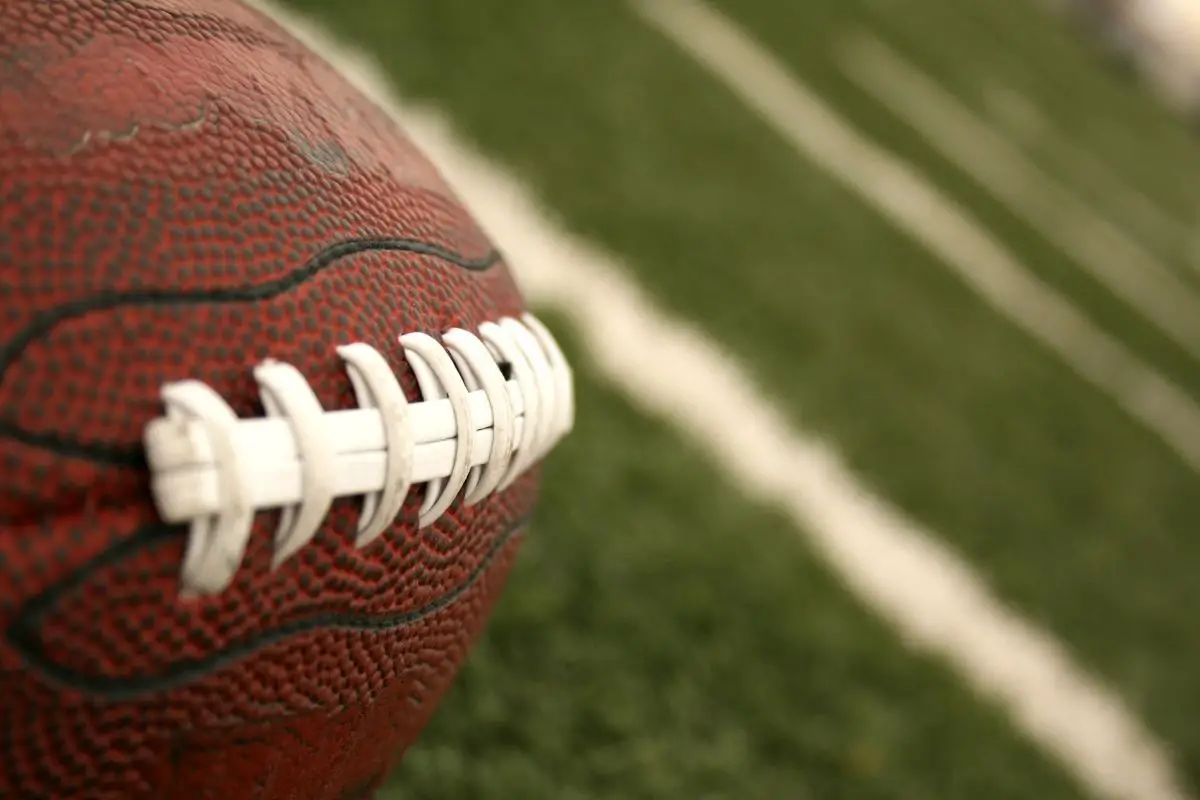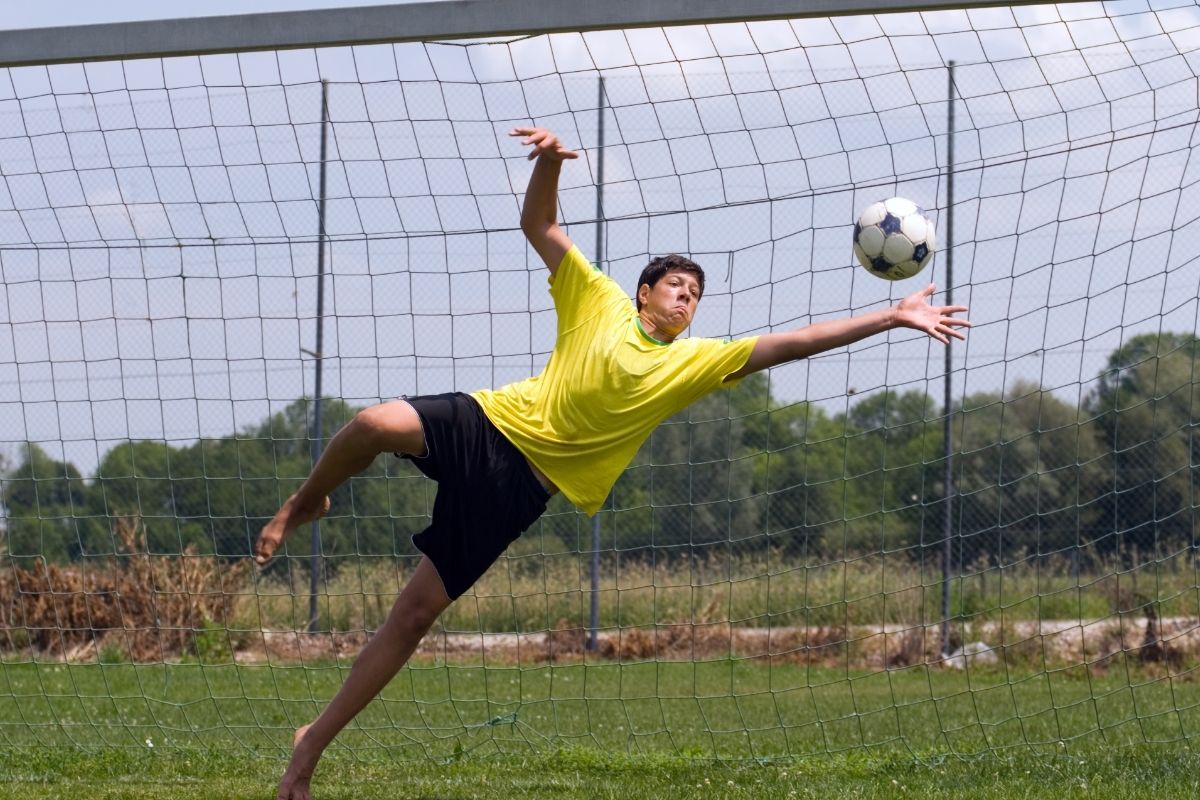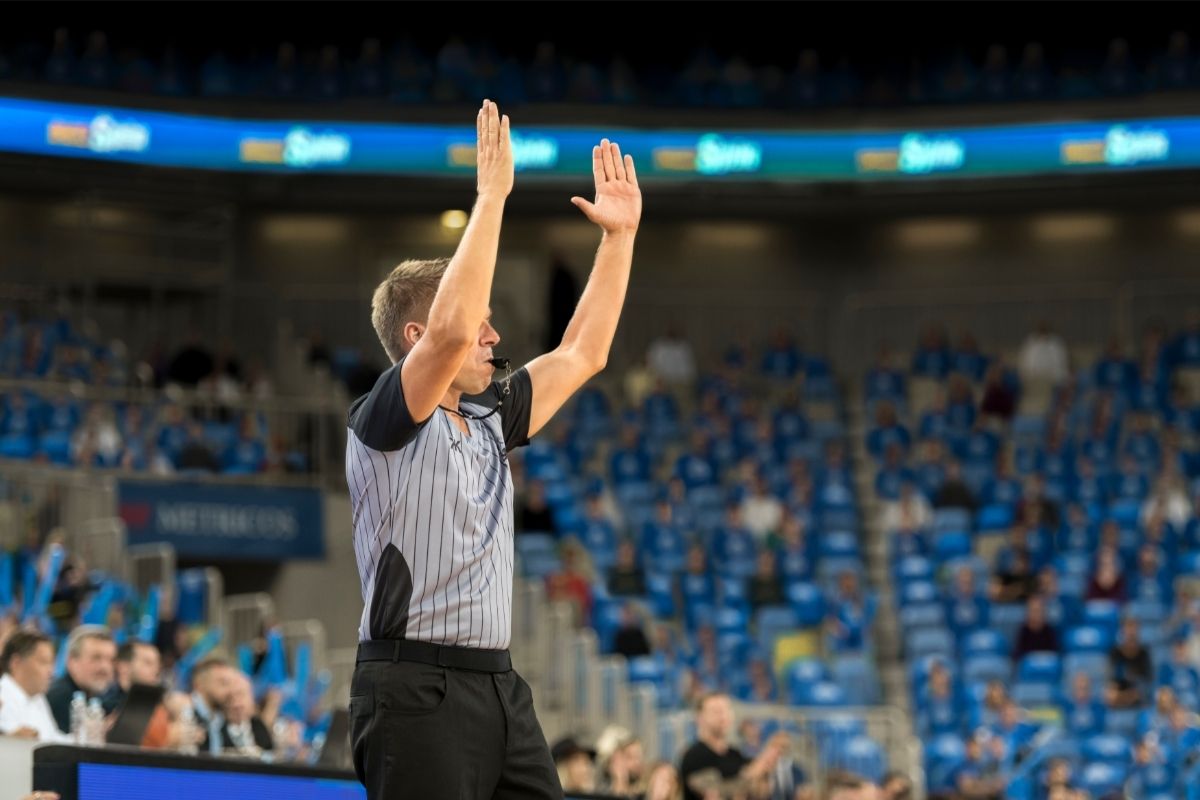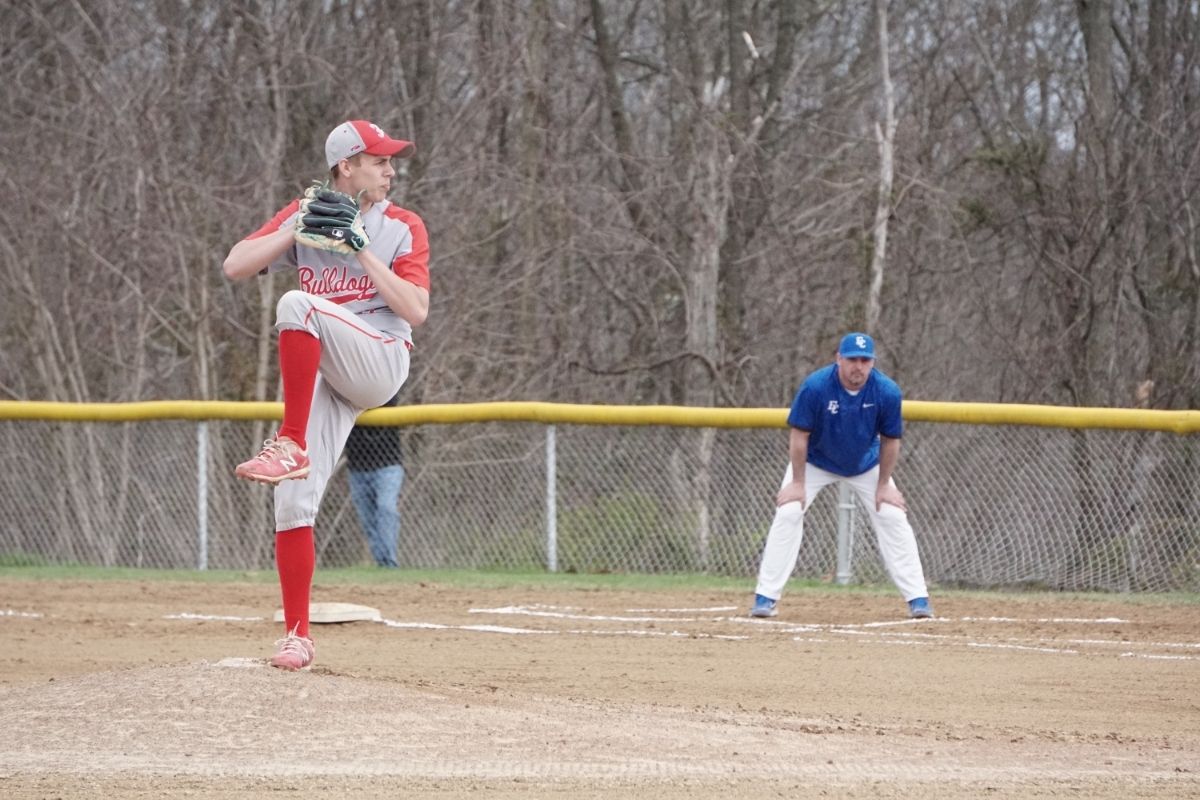When a time-out is called in football it is to stop the clock. A team may stop the clock to make a comeback in the game, as this buys them extra time.
The offense can shave forty seconds off the game clock between each play, and teams are usually permitted three time-outs per half.


A time-out may also be called so substitute players can come onto the field. For example, when a defense doesn’t like a match-up they’ll call a time-out to swap out their players.
A kicker getting iced can also be cause for a time-out. A kicker is iced when a defensive team wants a time-out in order to get in the head of the kicker on the other team.
There are also instances that don’t warrant a time-out. For example, when a player gets tackled in bounds when the clock is running out.
But who exactly can call a time-out, how do time-outs differ in the NFL and college football, and are there any time-out loopholes? Let’s find out!
Who Can Call A Time-Out?
When you watch a football game on TV you’ll often see the head coach requesting time-outs, but does this mean that only they alone are allowed to call a time-out?
For example, when a player is tackled can they call a time-out? Yes, they can!
The NFL rule book states:
“Rule 4 Game Timing; Section 5 Timeouts CHARGED TEAM TIMEOUTS Article 1 The Referee shall suspend play while the ball is dead and declare a charged team timeout upon the request for a timeout by the head coach or any player to any official.”
So according to the NFL rules, players as well as coaches can call a time-out. However, it is up for debate whether assistant coaches can call time-outs.
Additionally, long snappers can call legal time-outs, but offensive and defensive coordinators are not allowed.
Time-Outs In The NFL: How Do They Work?
Speaking of NFL rules, how exactly do time-outs work in the NFL? In NFL play, time-outs give the team time to strategize, and the clock can also be stopped in time-sensitive situations.
Both teams are allowed three time-outs in every half.
No matter how many time-outs are used, the second half of the game has three time-outs.
If a play is challenged and lost, you will have to take a time-out as the game has effectively come to a halt.
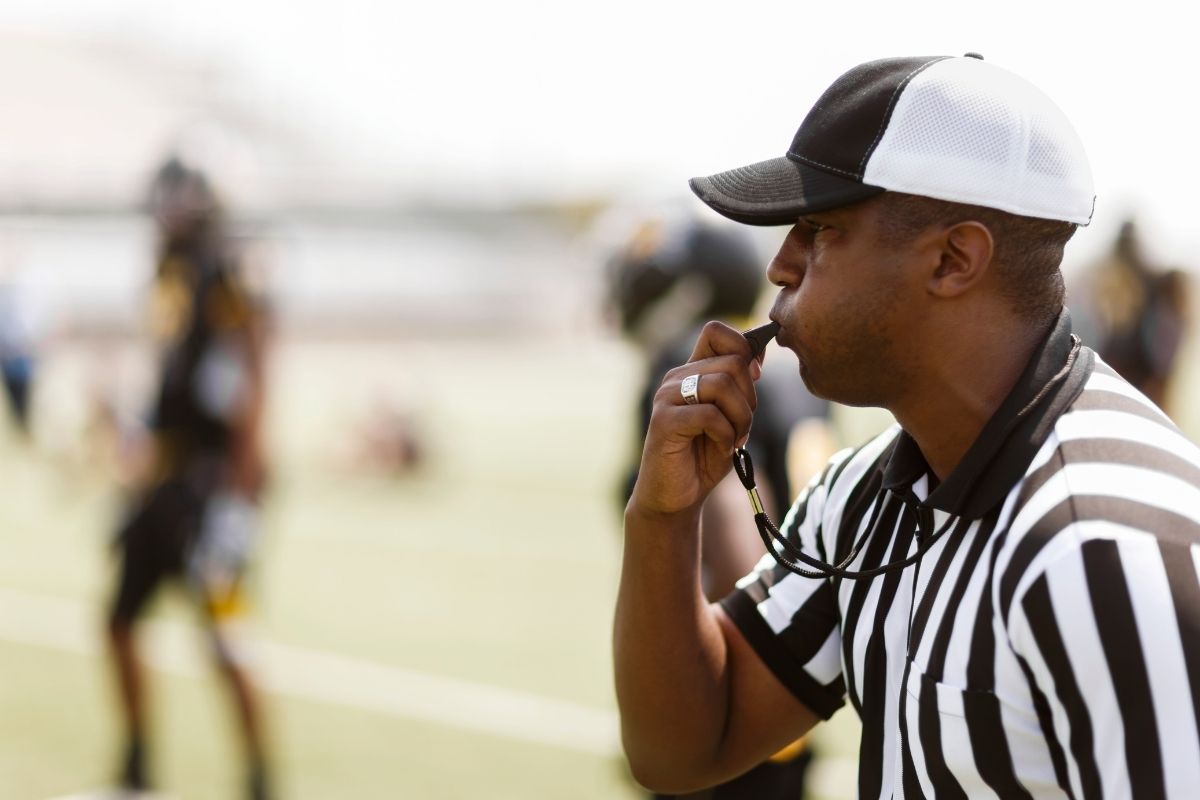

Time-outs are valuable late in a half, and calling a time-out lets you stop the clock between plays.
They also let you stop your opponents from running out the clock, which can make a lot of difference to the outcome of the game, as you have one last possession for the game to end in victory or a tie.
You don’t want the other team to run out the clock and win the game so a 30-second time-out will be called instead.
A time-out is called to save time, but since plays are not being called this results in a shorter time-out.
So what is the difference between a time-out and a two-minute warning?
Well, a two-minute warning suspends a play when two minutes are left on the clock on each half.
This applies to the second and fourth quarters, and even overtime.
How Long Is A Time-Out In College Football?
While an NFL time-out lasts two minutes, college football time-outs last just 90 seconds.
These time-outs must last 90 seconds, and coaches do not conserve longer or shorter time-outs for certain parts of the game.
However, in both NFL and college football commercial breaks on TV make time-outs last longer.
Television dictates what happens on the field heavily in college football and in the NFL. Time-outs are needed if all budgeted commercials aired in the first half of the game.
How Many Time-Outs Are You Allowed?
In the NFL and NCAA football (National College Athletic Association football) you’re allowed three timeouts in every half.
If a team doesn’t make use of their three time-outs they cannot take them through to the second half.
If overtime is added in an NFL game, the teams are given two time-outs. But in college football a team will get one-time out every possession if the game goes into overtime.
Can A Team Call Back-To-Back Time-Outs?
No, in the NFL you are not allowed to call back-to-back timeouts. This is stated in the NFL rule book:
“Each team may be granted a charged team timeout during the same dead-ball period, but a second charged team timeout by either team during the same dead-ball period is prohibited. Such team timeouts may follow a Referee’s timeout or any automatic timeouts.”
According to this rule, you cannot call two time-outs consecutively without a play in between. So for example, a kicker cannot be iced twice.
Can A Team Call A Time-Out When They Have None Left?
The NFL introduced a new rule to penalize calling time-outs when none are left in 2016.
Since then, when a team calls a time-out when they have none left they may be issued a delay of game penalty that moves the ball five yards.
Before this rule was issued there would be no penalty handed down. Instead the team would be reminded they have no time-outs and the clock would reset.
When Was The Out-of-Bounds Clock Changed In The NFL?
The out-of-bounds clock changed in 2008. Previously, the clock would stop when a player who had possession with the ball went out of bounds.
The clock would only start again when the ball was snapped. But this is no longer the case.
Final Thoughts
Time-outs may be called for a variety of reasons in a game of football, and almost all the reasons are tactical.
While the amount of time the clock is stopped is strictly either two minutes or 90 seconds depending on whether you’re playing NFL or college football, television broadcasts can make time-outs last longer.
- Can You Play Pickleball on Grass? Tips and Tricks - June 12, 2023
- Do Pickleballs Wear Out? Everything You Need to Know - June 12, 2023
- Can You Play Pickleball on Concrete? A Guide to Playing on Hard Surfaces - June 12, 2023

